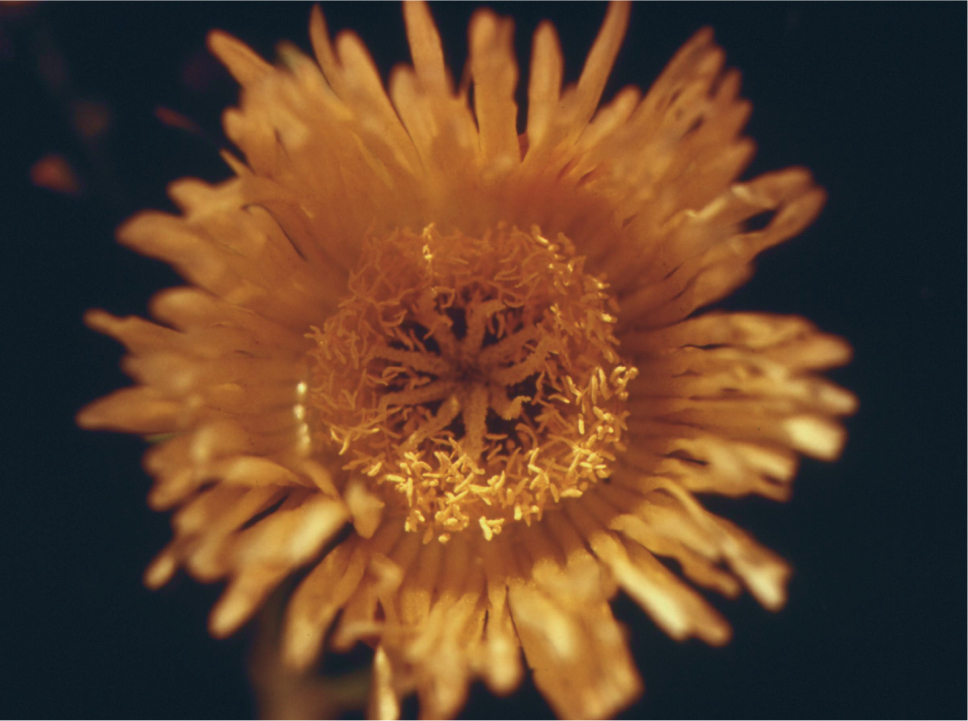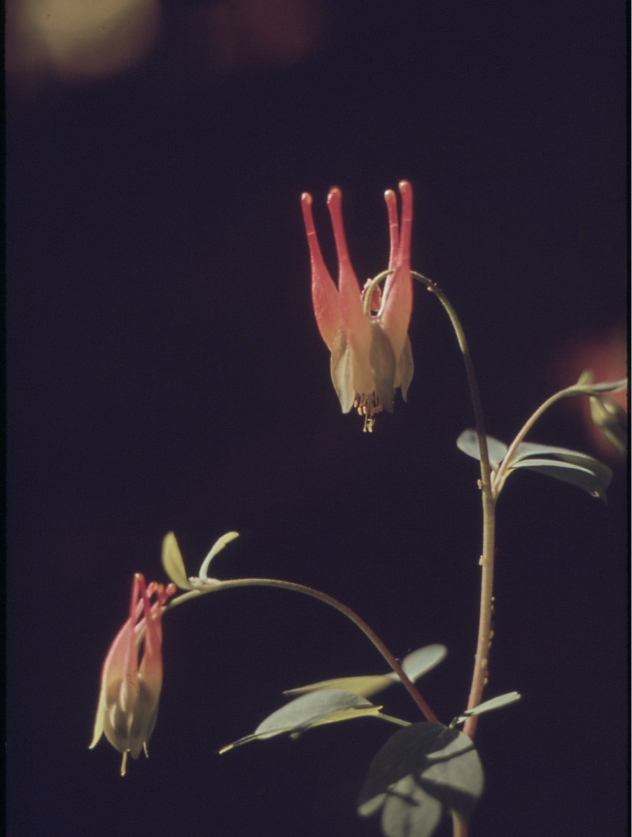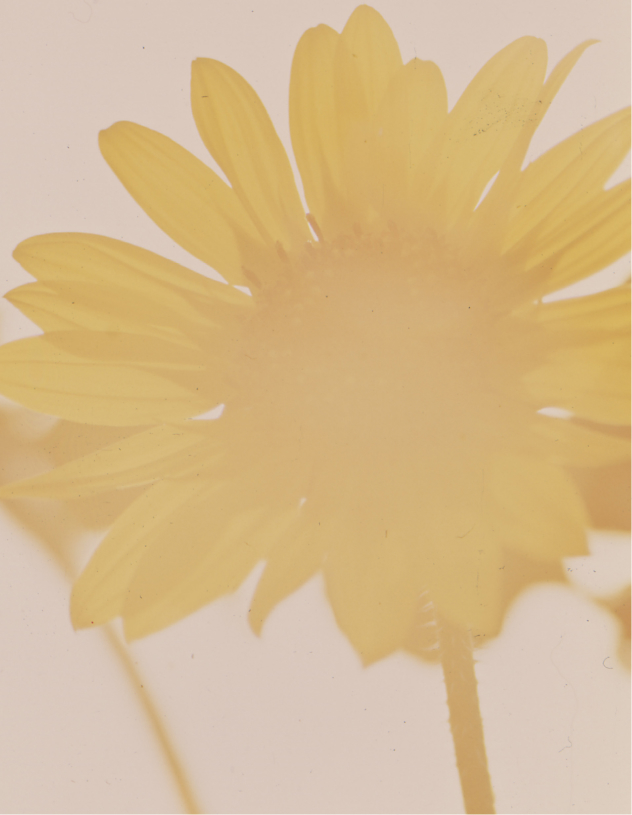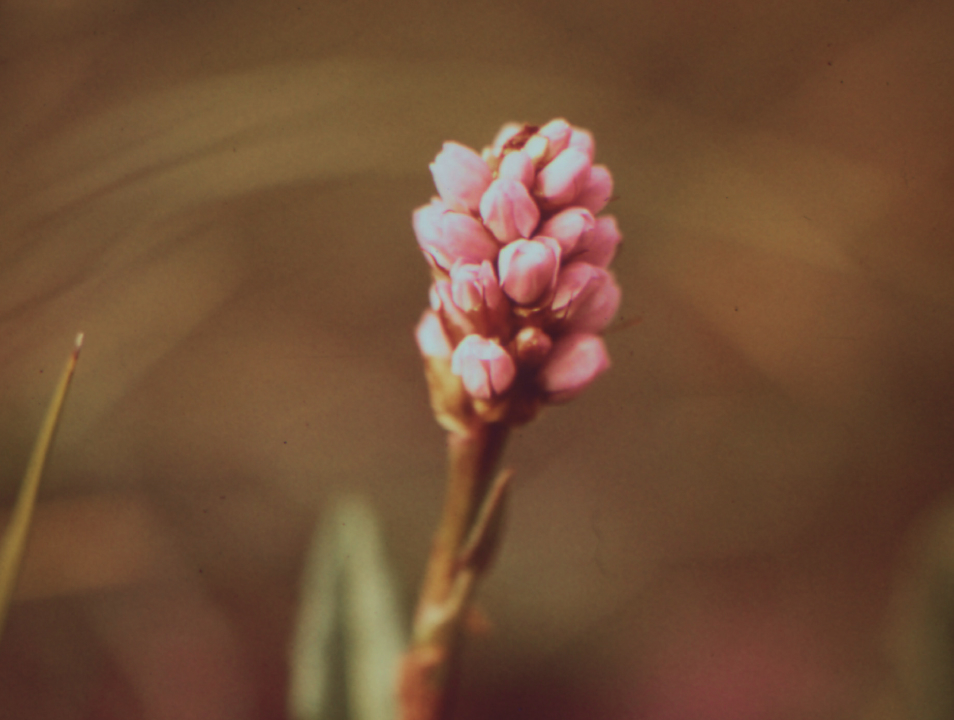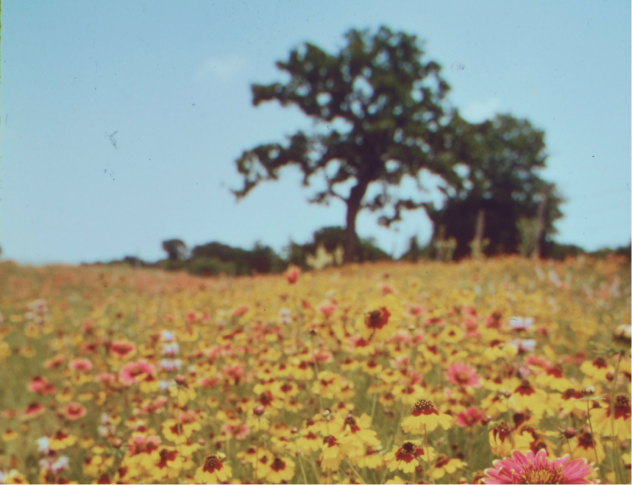The photograph “Closeup of a Flower Growing at Buena Vista Lagoon,” captured by renowned photographer Charles O’Rear, offers an intimate glimpse into the natural beauty of this Southern California wetland. In the image, the flower takes center stage, its delicate petals and intricate details brought into sharp focus against a softly blurred background. The vibrant hues of the flower—ranging from deep pinks and purples to lighter, almost translucent shades—contrast beautifully with the surrounding greenery, emphasizing its fragility and uniqueness.
O’Rear’s ability to isolate the subject while retaining the broader sense of the lagoon’s lush environment highlights his mastery of composition and lighting. The light gently illuminates the flower from the side, casting soft shadows that enhance the texture of the petals and create a sense of depth. The lagoon itself, known for its rich biodiversity and peaceful ambiance, is subtly suggested in the background, reminding viewers of the serene ecosystem in which this small flower thrives.
Through this closeup, O’Rear not only celebrates the flower’s natural beauty but also invites contemplation on the intricate relationships between species and their environments, capturing a fleeting moment of tranquility within the dynamic ecosystem of Buena Vista Lagoon.
